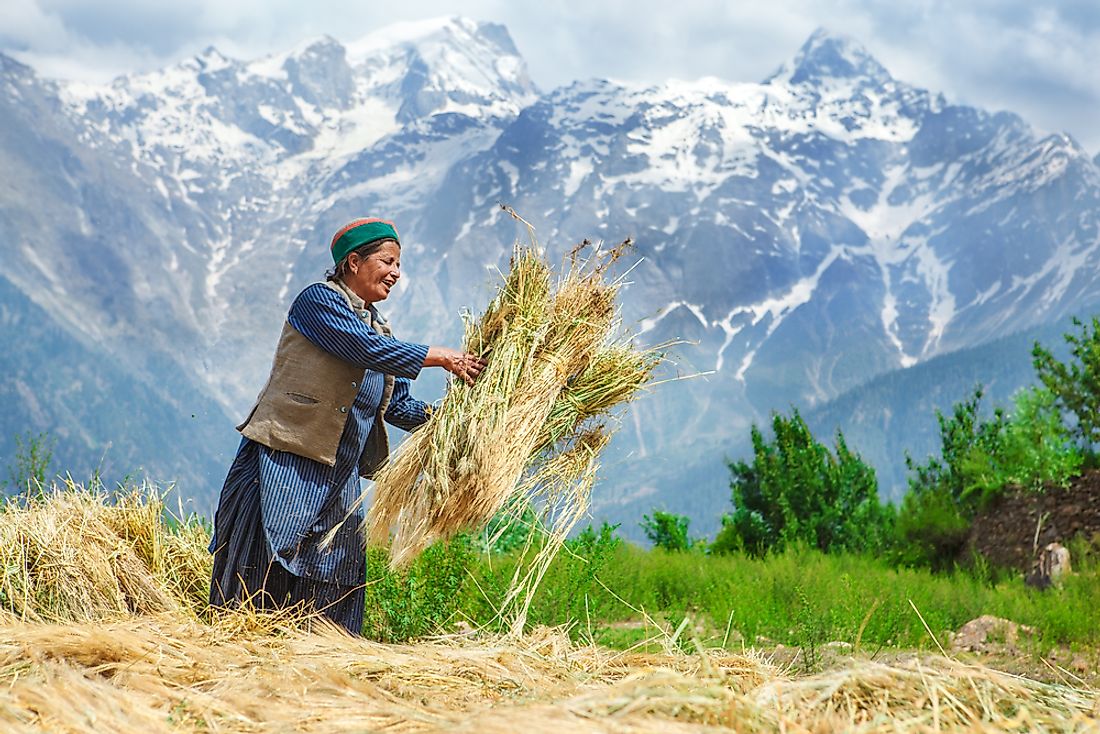Who are the Tibetan People?

The Tibetan people inhabit Tibet Autonomous Region, parts of Nepal, India, and Bhutan. They are native to Tibet and number approximately 7.8 million. They primarily speak the Tibetan languages. In 1956, China forcibly incorporated Tibet into the People's Republic of China and considers it as one of its provinces.
Origin Of The Tibetan People
Recent genetic analysis of the Tibetan Y-chromosomes revealed that the Tibetan people emerged from a subgroup of Han Chinese who migrated westwards along the upper Yellow River region and ended up in Southern Himalayan region. They mingled with the local communities which included people from Central Asia, northeastern India, Bhutan, and Nepal.
Where Do They Live?
The most recent census conducted in 2014 revealed that the Tibet Autonomous Region was home to 2.2 million Tibetans. They total approximately 7.5 million including those residing overseas. They were also found in large numbers India, Nepal, and Bhutan. According to Central Tibetan Administration, the number of Tibetans is on a decline compared to 1959, although the Chinese government refutes this and claims that the number is on the rise. The Chinese government states that improved living conditions and lifestyle have led to the rise of the population of the Tibetan people.
Languages Spoken By Thr Tibetan People
The Tibetan language is classified a Tibeto-Burman language. The language consists of several dialects and sub-dialects which include the Central Tibetan, Amdo and Kang which are not mutually intelligible. Other forms of the Tibetan language are spoken in northern Pakistan, Ladakh, Baltistan, and Kashmir. The Tibetan language is stylized and adheres to the traditional social hierarchy. Honorific terms are used to communicate to equals or superiors while ordinary words are used when speaking to the socially inferior. The written form of the Tibetan language is used in Buddhist literature; the phonetic system was created based on the Sanskrit language that was developed in India. It consists of four vowels, five inverted letters, and thirty consonants. Sentences are structured to flow from right to left
Religion Of The Tibetan People
A large proportion of the Tibetans practise Tibetan Buddhism and traditional beliefs known as Bön. According to Tibetan legend, Lhatotori Nyentsen the 28th King envisioned a sacred treasure from heaven which he attributed to the Buddhist sutra and several religious objects. Buddhism in Tibet took root after King Songtsen Gampo married a princess. It became popular in the 8th century. Tibetans continue to practice the religious practice of placing Mani stones in public places. The Buddhist and Bön lamas conduct religious ceremonies and care for sacred places.
Culture Of The Tibetan People
The Tibetan people have a rich and diverse culture. The Bathing Festival is the observed by a large majority and is conducted during birth, marriage, and death. The Tibetan art center on religion; sculptures and wooden carving portray religious beliefs. The Ihamo (folk opera) involves dancing, songs, and chants drawn from Buddhist history and stories. Most ceremonies are characterized by colorful masks. Several ancient forms are still used today despite the development of the modern drugs. More than 200 plant and 40 animal species are used to treat different diseases. Their primary food crop is barley which is used in making the tsampa, the staple food. Dairy products are also consumed in large amounts while meat, particularly mutton, are prepared into a spicy stew.











